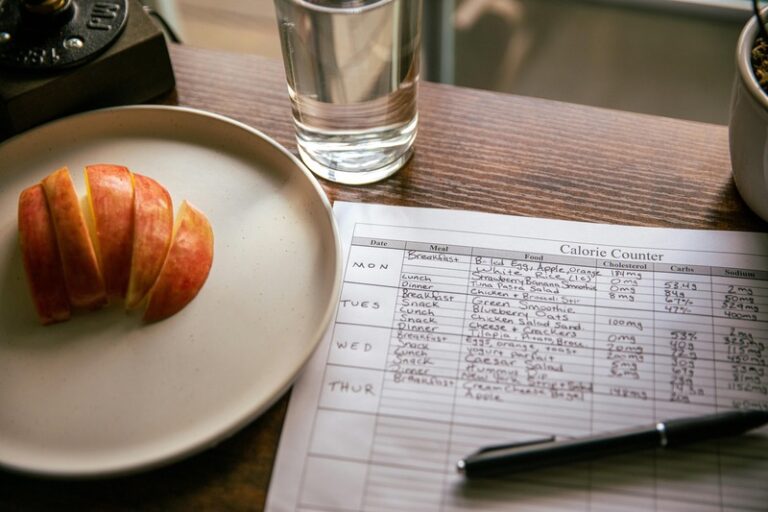Plywood vs. MDF: Pros and Cons for DIY Enthusiasts and Professionals
When you’re on a quest to select the ideal wood material for your forthcoming craft venture, two contenders inevitably jump into the limelight – plywood and MDF (Medium-Density Fibreboard). Both constituents are frequently employed by masterful artisans and amateur hobbyists alike. They’re used for variant objectives, and each has its unique set of strengths and drawbacks. Grasping their dissimilarities becomes pivotal in choosing the most fitting alternative for your specific requirements.
In-Depth View of Plywood: How It’s Made and Where It Shines
Tracing the Origins – Formation and Fabrication
Plywood is the resultant product of delicately gluing slender sections (plies) of wood veneer. These layers undergo pressing and bonding processes using robust adhesives, establishing a perpendicular grain alignment with every subsequent sheet. This crisscross methodology bolsters the strength and stability of plywood. Variations in plywood quality exist, from top-tier hardwood plywood to the more inferior varieties typically utilised as subfloors.
Merits for Professional Utility
Craftspeople venerate plywood for its resilience and longevity. Its inherent robustness under hefty loads makes it an unbeatable choice for structural implementations such as furniture frameworks, roofing, and cabinetry. Plywood often flaunts natural wood patterns on its surface, enhancing its allure for tasks necessitating a refined or glossed finish.
Upsides and Downsides for DIY Endeavours
Plywood enthrals home improvement enthusiasts with its adaptability. It’s manageable to slice, bore, and assemble with fundamental carpentry tools. Nevertheless, it also bears limitations. Plywood edges often necessitate finishing concealing their layered composition, and it’s susceptible to fragmenting during cuts if not sufficiently bolstered.
Its premium price in relation to MDF may deter budget-conscious DIYers, particularly for jobs where aesthetics and durability aren’t paramount. However, for outdoor projects or structures needing sound support, plywood emerges as an invincible choice.
Demystifying MDF: A Comprehensive Overview
Birth and Development – Composition and Manufacturing
MDF is a product of fragmented wood fibres amalgamated with resin and wax, subsequently compressed into dense, even sheets. Unlike its counterpart, MDF lacks visible wood grain or knots, presenting a remarkably uniform material. Its availability across varied thicknesses accommodates a multitude of applications.
Professional Utilisation Benefits
For craftsmen seeking precision and sleek finishes, MDF shines. Its homogeneous surface is ideal for painted effects and intricate motifs, including routed patterns or ornamental mouldings. MDF’s resistance to warping or shrinking trumps solid wood, making it a trustworthy choice for interior projects like shelving or built-in units.
Pros and Cons for DIY Ventures
MDF lures DIY devotees with its affordability and sleek texture, negating the need for rigorous sanding. Its consistency prompts its use for painting and veneering projects. However, MDF falls short on strength compared to plywood, restricting its application for heavy-duty or structural endeavours.
Also, MDF’s susceptibility to moisture – it can bulge and debilitate upon exposure to water – is a distinct drawback. Consequently, MDF thrives in indoor projects, necessitating sealing in humid environments.
Plywood vs. MDF: A Comparative Study
Economic Considerations
Both artisans and DIY aficionados often weigh costs when selecting a material. Plywood typically rings up a higher total, more so when opting for superior grades. Conversely, MDF is usually lighter on the wallet, rendering it a practical pick for budget-tight projects that can forgo heavy-duty materials.
Strength and Durability Showdown
In the fight for endurance, plywood trumps with its layered composition resisting bending and warping, even under substantial pressure. Although MDF holds its own in controlled atmospheres, it fails to match plywood’s resilience, especially when dealing with burden-bearing or open-air applications. So long as you choose plywood and MDF specialists, you’ll normally get a good life from both.
Applications Spectrum
Both materials possess versatility, but their optimal uses differ. Plywood excels in structural builds, outdoor undertakings, and furniture demanding durability. Perfect for intricate designs, painted finishes, and indoor uses, MDF finds its niche. Therefore, the selection of the best material largely depends on your project’s specific parameters.
The Verdict: Making the Right Choice
Both plywood and MDF offer unique advantages specific to different project needs. Whether you prioritise fortitude, longevity, or a flawless finish, understanding the benefits and limitations of these materials can guide you towards the best choice. Weighing factors like project nature, budget, and long-term objectives can pave the way to crafting the sublime masterpiece you envision.






